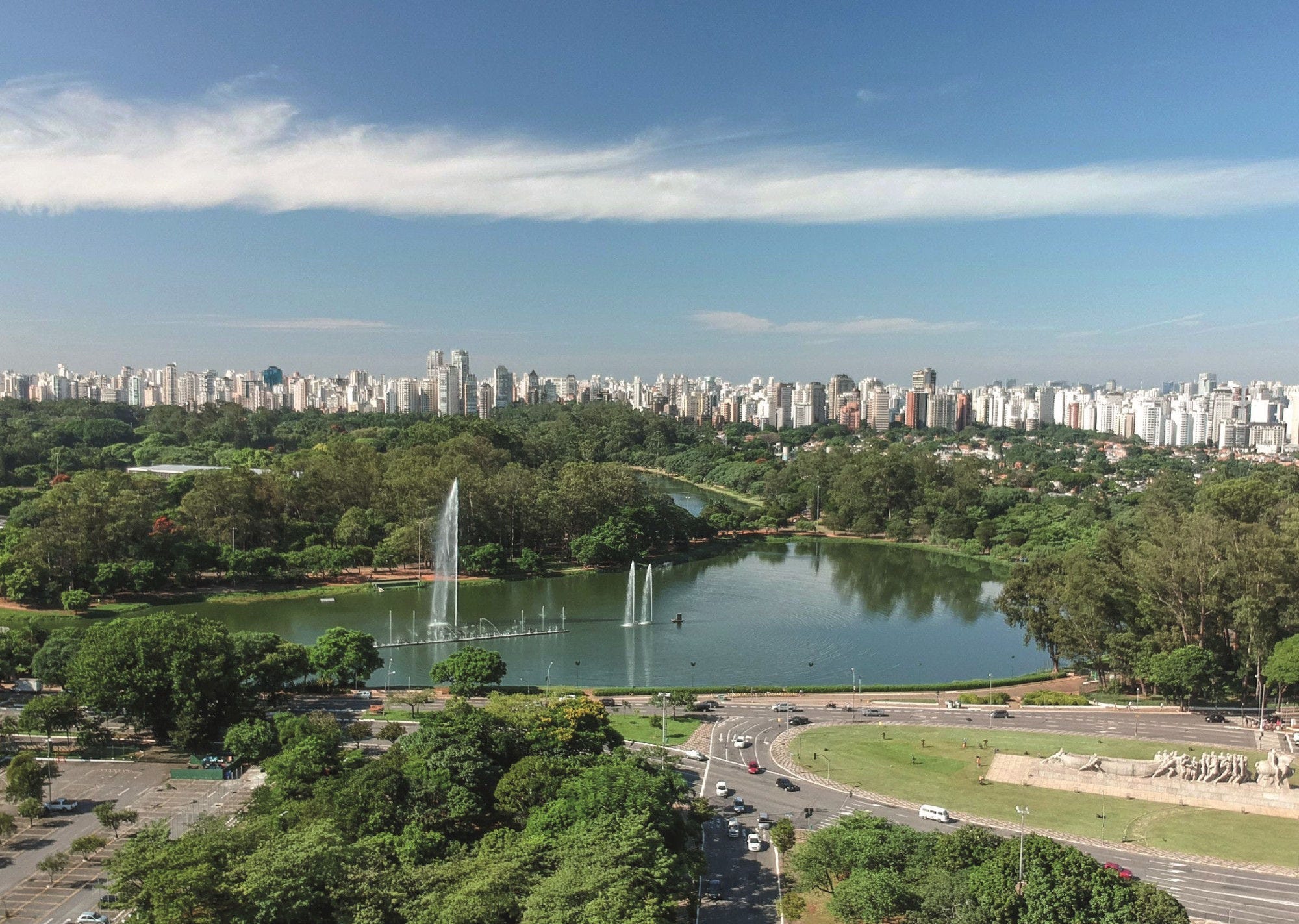Open, inclusive and transparent infrastructure projects play a pivotal role in facilitating stakeholder participation, but also in having competitive procurement process to achieve projects’ desired objectives. When stakeholders see their input has a tangible impact on decisions, such as in the development of infrastructure plans, this fortifies their trust, creating a positive cycle of increased and improved participation. This trust cultivates a sense of ownership among stakeholders, underlining the importance of their voices (OECD, 2022). Likewise, allowing the participation of foreign or regional firms from outside the project area, deterring bid-rigging (i.e. contractors agreeing in advance who will win the bid) and promoting e-procurement can all help create an open and inclusive projects. To encourage competitive procurement processes that provide an equal opportunity to bidders of all sizes, governments can also streamline administrative procedures, facilitate subcontracting opportunities and enable small companies to participate in contracts that exceed their budgets.
Stakeholder participation in the long-term planning of infrastructure projects allows those potentially affected by them to share concerns and generate input that can help improve both the planning and the resulting projects. Latin American and Caribbean (LAC) countries with long-term infrastructure plans use different mechanisms to facilitate stakeholder participation in their development. In 2022, six countries have stakeholder participation mechanisms in place. For example, four countries disseminate planning drafts to relevant stakeholders for comment. Brazil publishes drafts of infrastructure planning for the public to comment on, while Colombia has consultation platforms where citizens can provide feedback throughout the planning process (Figure 8.8).
The procurement process can also increase inclusiveness and boost competitiveness by being open, neutral and transparent. In the LAC region, 9 out of 15 surveyed countries (60%) ensure the openness of the procurement process by allowing firms from other countries or other regions within the country to participate in the process. Countries use mechanisms to foster the neutrality of the process, such as designing tender documents to avoid them from being restrictive or tailored (8 out of 15 countries, 53%), and to foster transparency, such as having e-procurement systems for the full procurement cycle and publishing future procurement opportunities (both also 8 out of 15 countries). It is worth noting that, of the 15 countries surveyed, only Uruguay has incentives for officials to prevent bid-rigging, an important mechanism for reducing the risk of collusion (Figure 8.9).
Open procurement processes for infrastructure projects can facilitate access to competitors of all sizes. To this end, 13 of the surveyed LAC countries (87%) have one or more mechanisms in place to facilitate the participation of smaller firms in procurement processes. For instance, 6 out of 15 countries (40%) allow subcontracting and joint bidding arrangements. Bolivia, Brazil, Costa Rica and Uruguay have simplified administrative procedures to reduce the burdens of participating, while Brazil, Costa Rica, Mexico and Panama allow smaller firms to participate even if they cannot bid for the entire contract. Peru facilitates the participation of small and medium-sized enterprises (SMEs) by granting them a 5% bonus on their bidding scores (Figure 8.10).



